Author: Turbocharged Fatty
Under the influence of the pandemic, many people and industries have slowed down their pace. The automotive industry is no exception. The originally scheduled official launch of LanTu Dreamer was changed to pre-sale, with a pre-sale price range of 38-48 million yuan for the 7-seater version and a starting price of 60 million yuan for the 4-seater version.

First, let’s take a look at the basic information of the LanTu Dreamer:
- Size: Length 5315mm * Width 1985mm * Height 1820mm, Wheelbase 3200mm;
- 4-seater custom version and 7-seater version with two seating layouts are available;
- Two power options: pure electric version and extended range version;
- All models use front and rear dual-motor four-wheel drive layout;
- The pure electric version has a total system power of 320kW, a maximum torque output of 620N·m, and a 0-100km/h acceleration time of 5.9 seconds;
- The extended range version has a total system power of 290kW, a maximum torque output of 610N·m, and a 0-100km/h acceleration time of 6.9 seconds.
So, how strong is the product power of LanTu Dreamer? What role does it play in the entire segmented market? Let’s explore together.

LanTu Dreamer was officially unveiled before the Guangzhou Auto Show last year, but only the 4-seater version was showcased at that time. It appeared more as a means to enhance the brand image and targeted business travel scenarios. The 7-seater version showcased this time is obviously more suitable for family use.
Cabin
Compared with the 4-seater version with a television, rose gold decorations and a large sofa, the 7-seater version of LanTu Dreamer is clearly more low-key and suitable for family use.
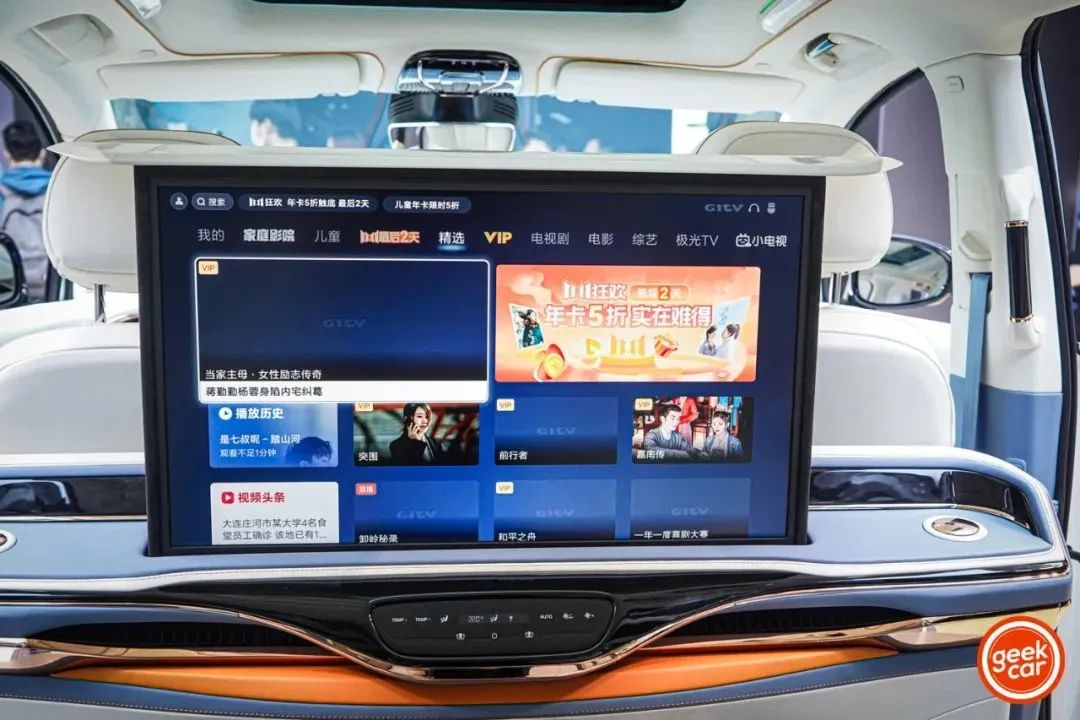

Even though it is more suitable for family use, the ambient lights on the center console, door panels, and roof, as well as the stitching design used in the seven seats, all demonstrate that LanTu Dreamer 7-seater version still emphasizes luxury in its interior.
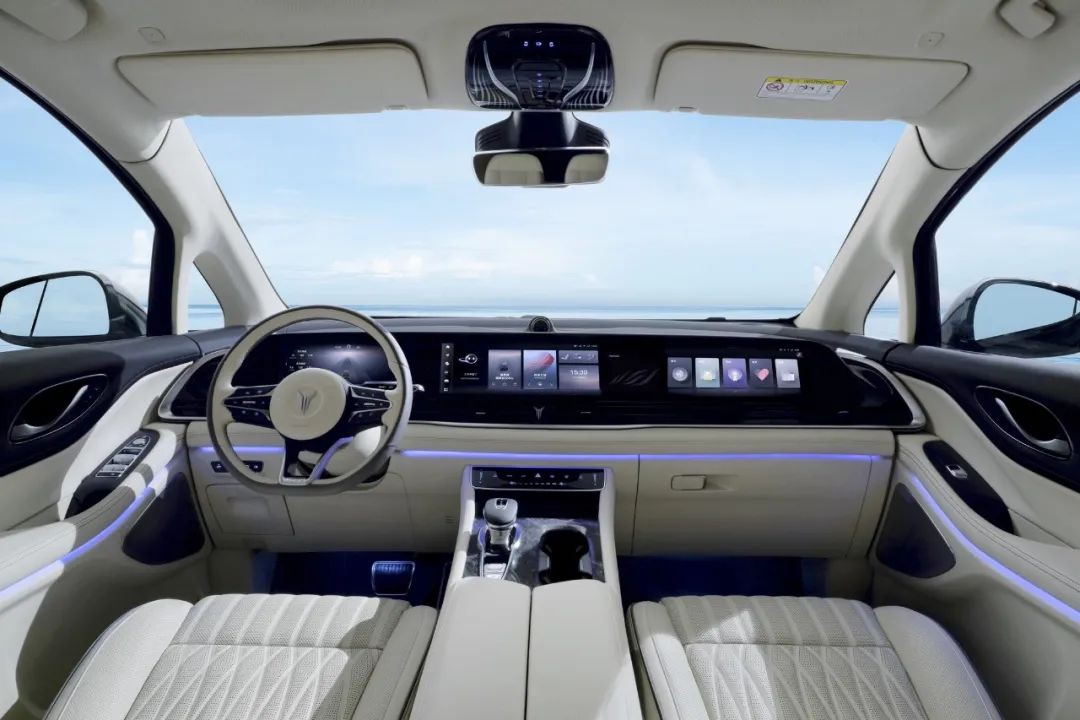 The official pictures show that the interior design and materials of the Dreamer are of a high level, surpassing a series of Japanese and German MPVs, but the specific texture remains to be experienced in person.
The official pictures show that the interior design and materials of the Dreamer are of a high level, surpassing a series of Japanese and German MPVs, but the specific texture remains to be experienced in person.
The cabin of the Dreamer features a triple-screen design, with three screens each measuring 12.3 inches, and the car’s system and design language are basically the same as the Voyah FREE. However, the Dreamer may have cancelled the touchpad and lifting screen design from the FREE model in terms of interaction.
The Dreamer has a length of over 5 meters and a wheelbase of 3.2 meters, plus a width of nearly 2 meters, meaning that there should be sufficient horizontal and vertical space for passengers. The Dreamer also has enough space to hold 4 24-inch suitcases even when carrying 7 passengers for 4-5 days, easily beating MPVs with a ‘business travel’ orientation such as the Elfa and the Axis V260.
However, the Dreamer has a relatively long hood design, making the overall size of the car similar to that of the Mercedes-Benz V260L model and creating difficulties in parking for home users.
The length of standard vertical parking spaces (reverse parking into spaces) is 5 meters, with a width of 2.5 meters, and the length of standard parallel parking spaces (parking in sideway spaces) is 6 meters, with a width of 2.5 meters. The large size of the Dreamer affects the convenience of parking and passenger boarding and alighting.You can see from the official pictures that both second-row aviation seats are equipped with leg restraints, seat heating, seat ventilation, seat massage, and ISOFIX child safety seat anchoring systems.
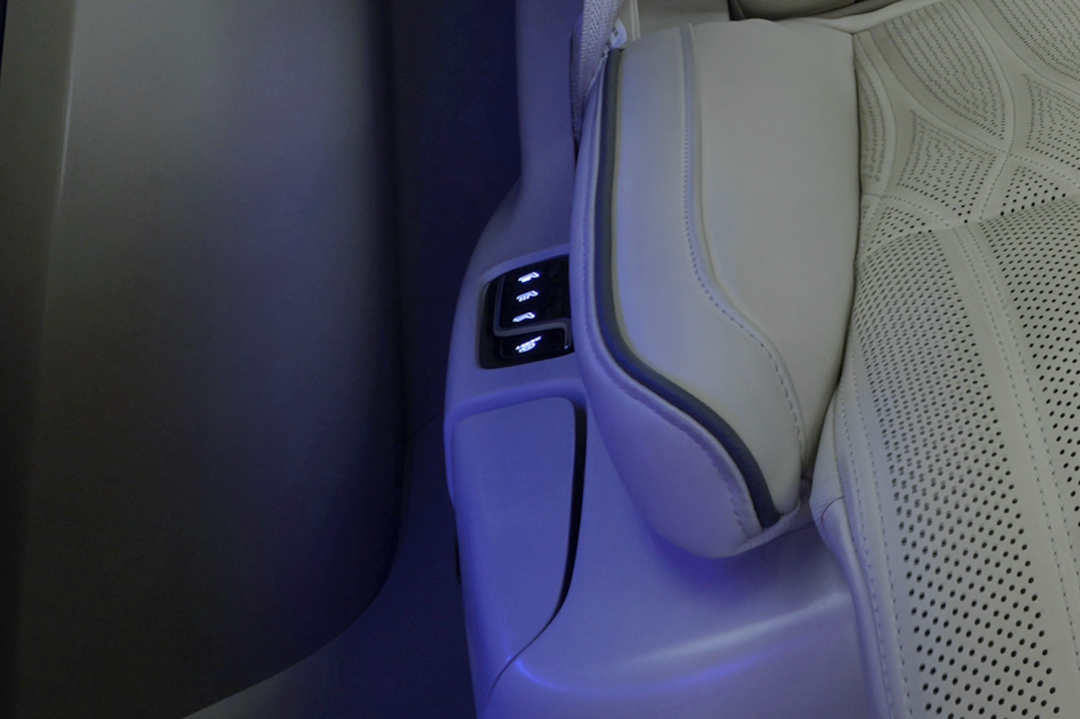

However, for family MPVs, some aviation seats will restrict the installation and use of rotatable child seats, such as the second-row aviation seats of the Toyota Alphard and V260. After installing the child safety seat, the child seat cannot be rotated. The performance of the Langtu Dream Family in this regard remains to be experienced in real-life situations.
Among the popular MPV models sold today, the NVH performance of models such as the Honda Odyssey is not satisfactory. But the Langtu Dream Family has designed more than 80 NVH sound insulation and noise reduction parts throughout the car, plus the low noise characteristics of electric drive and equipped with Michelin low noise tires. We speculate that the Langtu Dream Family’s NVH quietness performance may make up for this pain point.
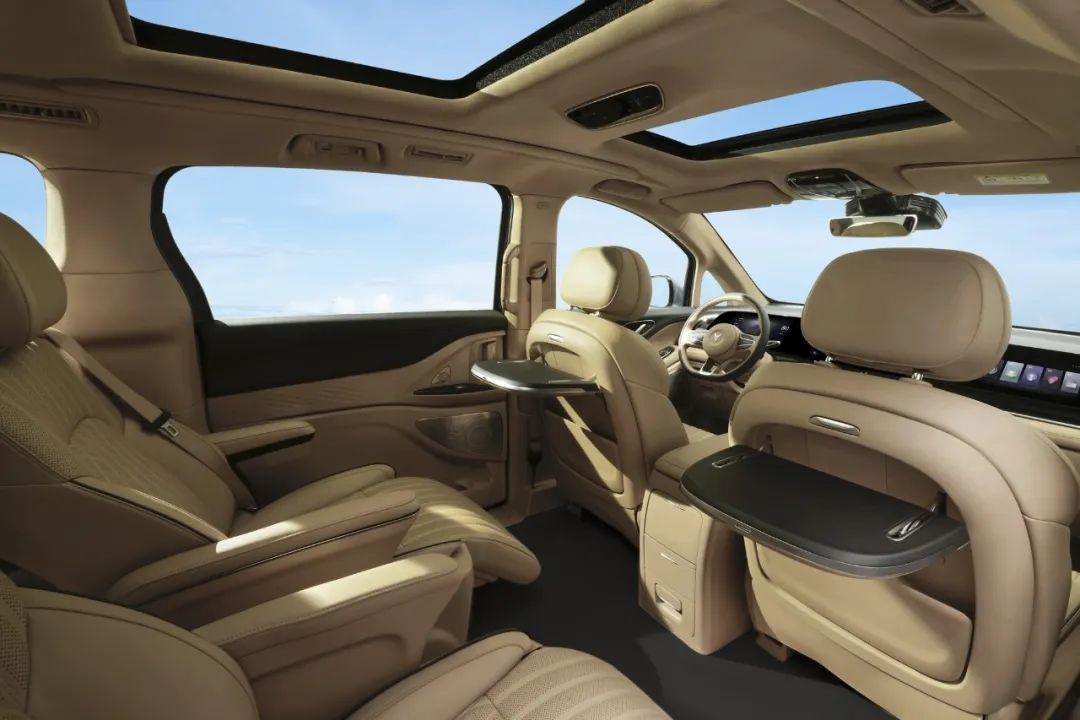
In mainstream MPV models, such as the Honda Odyssey, there is a “low-floor design”, which is very convenient for the elderly and children to get on and off the car, and there is also ample headroom. However, as a new energy MPV model, the Langtu Dream Family will arrange the battery pack on the chassis, so the ground clearance may be higher than that of traditional fuel MPV models. However, this still needs to be experienced in the future.
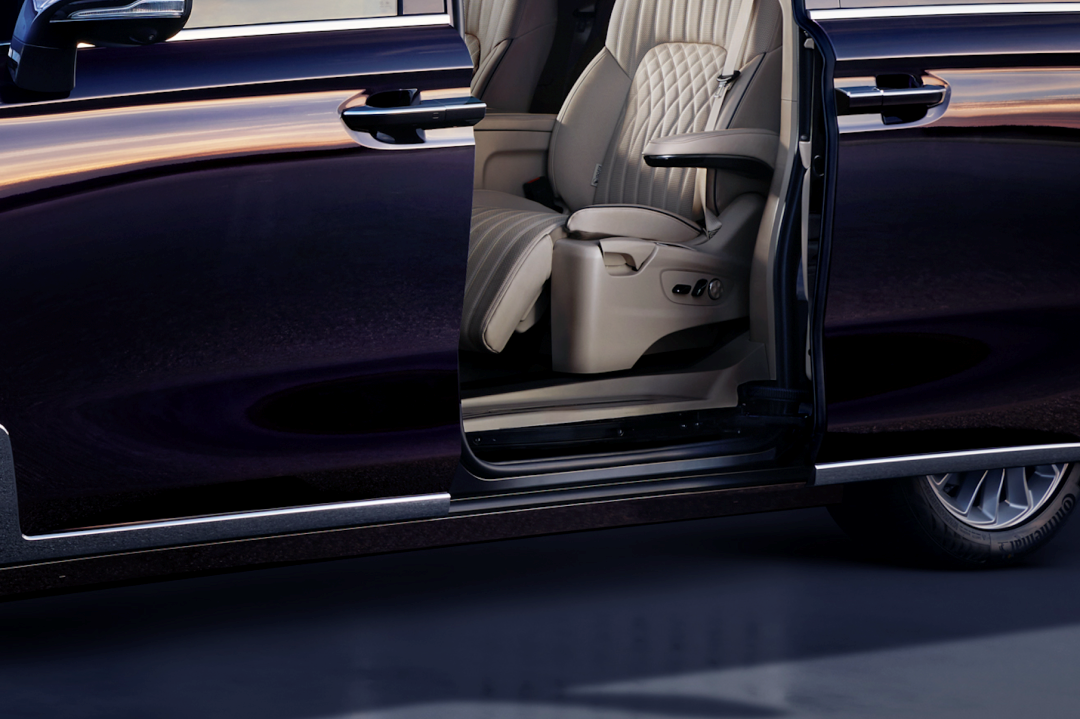
Driving
Although most MPV models are used for home or business travel, if the chassis comfort and power performance are too weak, they will also be criticized by users, such as the “Space Magician” Honda Odyssey and the “One Million Bread” Toyota Alphard. The Langtu Dream Family seems to want to break the “curse” of MPVs in terms of chassis comfort and power handling.
The Langtu Dream Family uses a front double-wishbone and rear five-link suspension system, which was previously rarely found in MPV models. At the same time, it is also equipped with CDC adjustable shock absorbers and air springs with magic carpet function. This hardware configuration will provide a good reason for those “Daddy Drivers” to buy the car, whether driving by themselves or carrying their family. However, the specific chassis tuning driving experience and riding experience still require a test drive to have a final conclusion.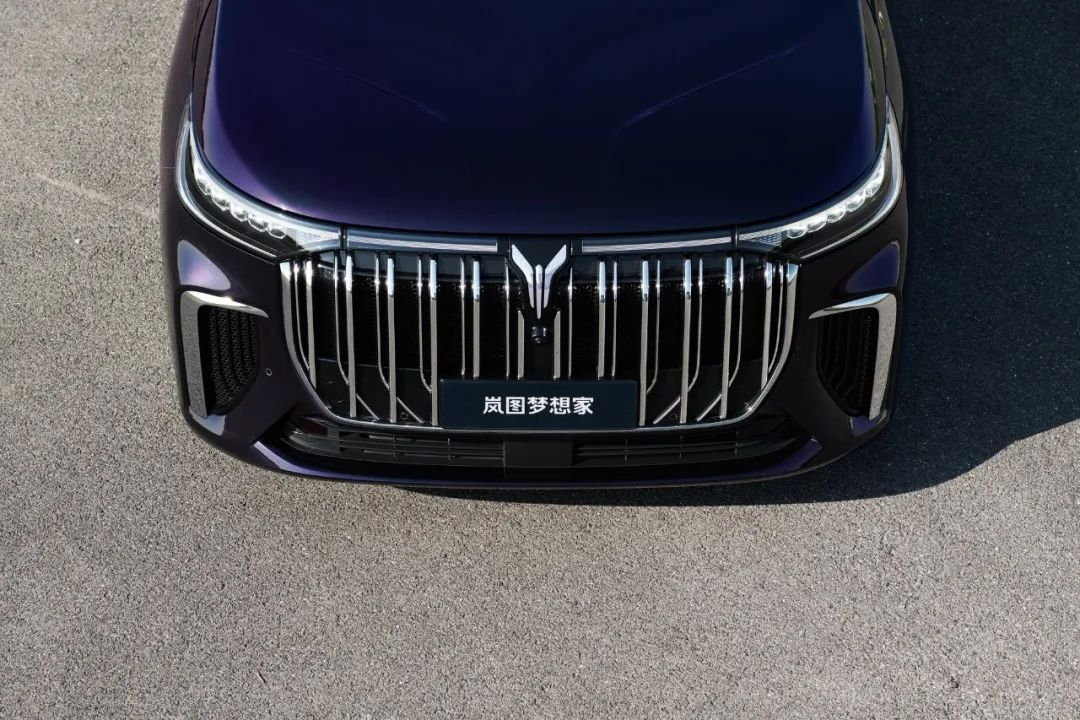
When seeing the acceleration of 5.9 seconds for the pure electric version and 6.9 seconds for the extended-range version of the Voyah Dreamer MPV, many people may think that powerful performance should not be the selling point of this type of vehicle. However, what I want to say is not that it can “run fast”, but that it can “carry more”.
Previously, the pain point of many household MPV models was that “there is obvious lack of power when fully loaded”. For a household MPV model with a curb weight of 2540kg (extended-range version), although the acceleration of 5.9 seconds and 6.9 seconds is obviously over-powered, Voyah Dreamer makes up for the pain point that previous models had of being unable to “pull”.

From the perspective of a friend of mine who is a Honda Odyssey owner, driving with family on the highway and needing to overtake, the smooth driving experience brought by strong power and excellent chassis tuning is not only about pleasure, but also about improving safety.
Therefore, he paid the intention fee for the Voyah Dreamer last night.
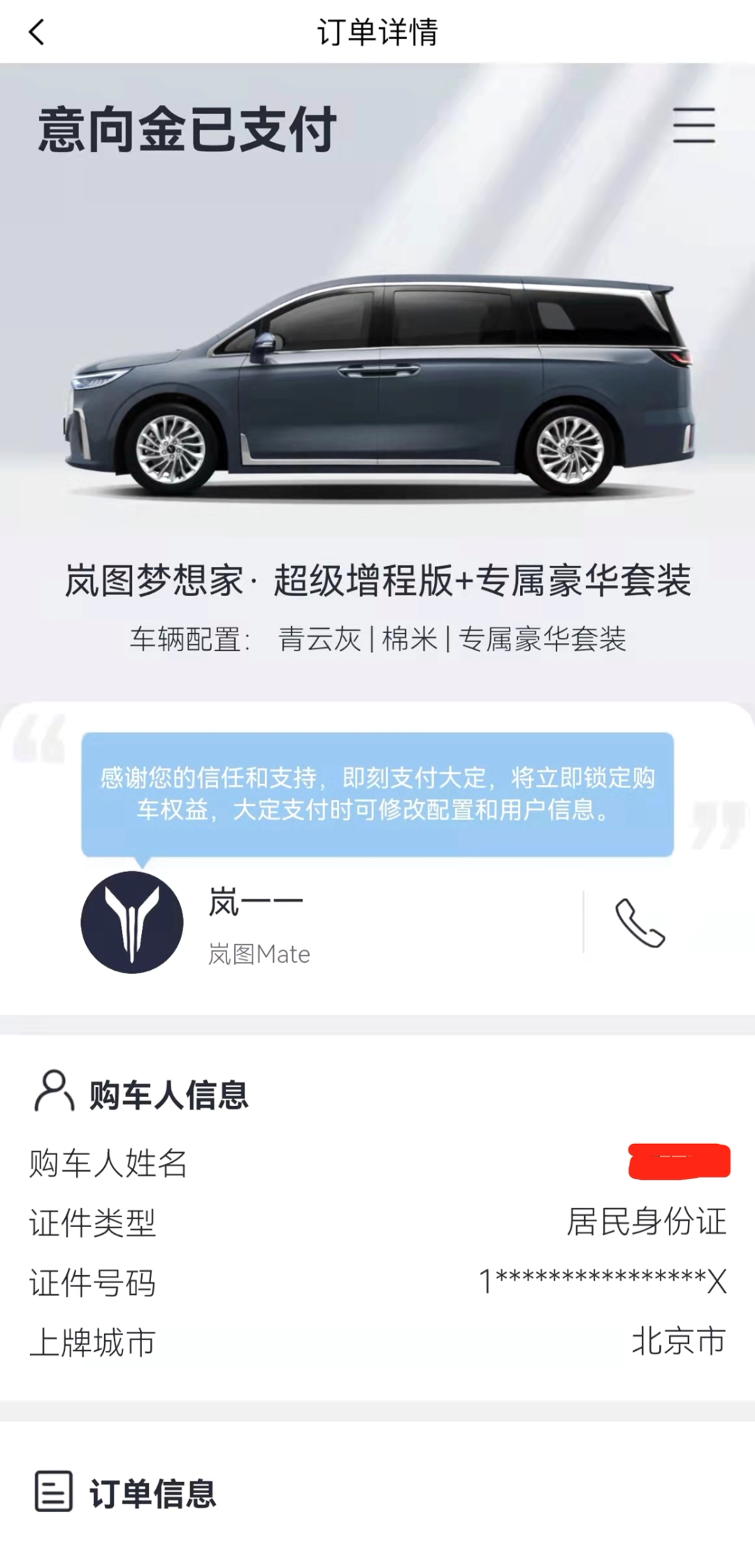
“Demand-oriented” Sub-market
In recent years, there have been more and more car models with “family” as the theme.

From the LI ONE labeled as “dad-mobile,” to the recently revealed LI L9, to today’s Voyah Dreamer. “Family travel scene” has become one of the keywords of the Chinese car market, and the reason is simply “demand-oriented.”
“In buying a car, you should buy a big car” and “In buying a car, you should buy an SUV” used to be the common understandings of many people for buying a car. However, with the change of demand orientation, unlike before, more and more people hope to buy a car that is comfortable for the whole family.
In the past, the labels of MPV models were more of “business vehicles”, and many consumers would rather buy an SUV than an MPV. However, currently the mainstream SUV models in the Chinese market are difficult to meet the “family travel scene”, especially for families with two or three children.

As a result, more and more people have turned their attention to MPV models, and more and more car companies have included MPV models in their strategic plans. Brands such as Li Xiang and Ji Kero have already begun researching and developing MPV models, and MPV seems to have become a “key model” that car companies cannot avoid.
When it comes to MPV models in the Chinese market, the number of available options for mid-to-high-end MPV vehicles is extremely limited. Apart from expensive models such as the Toyota Alphard and Lexus LM, there are only a few mainstream models to choose from, such as the Honda Odyssey, Buick GL8, Toyota Sienna, and Mercedes-Benz V260, as well as relatively niche models such as the Kia Jia Hua, Volkswagen Wiran, and Maitewei. However, almost every model has its obvious advantages and disadvantages.
For example, the Honda Odyssey has a high space utilization rate and practicality, but has significant shortcomings in NVH performance, chassis texture, and power performance. The Toyota Sienna has strong space utility, but its interior workmanship and intelligent configuration are insufficient, and the premium issue also makes it difficult for many consumers to make a choice.
Therefore, a truly satisfactory MPV model that meets the expectations of Chinese consumers and meets the needs of Chinese families has become a “blue ocean” in the Chinese car market.
The appearance of the Lan Tu Dreamer seems to make up for the shortcomings of other MPV models, including power, interior space, practicality, intelligent configuration, and chassis handling.
Conclusion
Now, the appearance of the Lan Tu Dreamer is to fight against joint venture brands. It takes advantage of the strengths of independent brands and also meets the changing consumer demand in the Chinese market.
As for the true product power of Lan Tu Dreamer, we still need to experience it through actual test drives to draw a conclusion.
However, based on the information currently available, the “balance sheet” of the Lan Tu Dreamer is very sincere. Moreover, compared with the models being developed by competitors, Lan Tu Dreamer has taken the lead in entering this segmented market.
So if Lan Tu Dreamer is the “king of product power” in the current MPV market, I don’t think it is an exaggerated statement. But as for its specific market performance, it still depends on its specific configuration, price, brand marketing, and user service performance in the future.
This article is a translation by ChatGPT of a Chinese report from 42HOW. If you have any questions about it, please email bd@42how.com.
